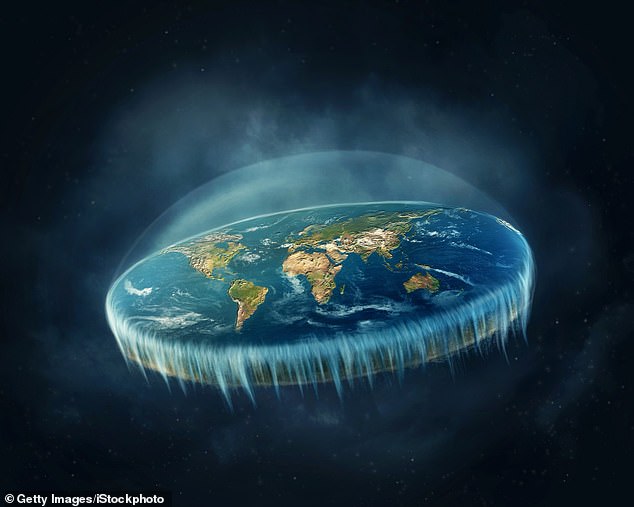
Study Links Conspiracy Theorists, Including Flat Earthers, to Greater Spite and Cruelty
Why Do People Believe in Conspiracy Theories? A New Study Blames Spite
(Images: 1) Flat Earth concept art; 2) Group discussing conspiracies (stock image))
Conspiracy theories, from Flat Earth claims to moon landing hoaxes, have gained traction in recent years. A 2023 study even found that one in three Britons believes at least one conspiracy is "probably" true. Now, researchers from Staffordshire University suggest spite—defined as a desire to “level the playing field” through hostility—may be a key driver.
The Spite Connection
Dr. David Gordon, the study’s lead author, explains that spite often arises when people feel disadvantaged or undervalued. “Conspiracy theories satisfy this by rejecting expert consensus, allowing believers to feel they’ve ‘exposed’ hidden truths,” he says. The team tested how spite interacts with three motivations:
- Epistemic (need for understanding)
- Existential (need for security)
- Social (need for significance)
Across 1,000 participants, higher spitefulness correlated with stronger conspiracy beliefs. Co-author Dr. Megan Birney clarifies, “It’s not conscious spite. Feelings of disadvantage provoke a psychological response that makes conspiracies appealing.”
Examples in Action
Flat Earth theorists, for instance, dismiss overwhelming scientific evidence, claiming NASA’s imagery is fabricated. Similarly, moon landing deniers resurfaced when NASA delayed its Artemis mission, alleging the agency “lied” about the 1969 Apollo landing.
Fighting Misinformation
The study argues that debunking myths with facts alone may not work. Instead, addressing root causes—like economic inequality and social distrust—could reduce conspiracy uptake. “Tackling misinformation requires solving societal issues like financial insecurity,” Gordon emphasizes.
What Is the Flat Earth Theory?
(Image: Flat Earth model from a conference)
Believers claim Earth is a disc with Antarctica as a 150-foot ice wall. They argue space agencies fake images to hide this “truth.” Despite centuries of evidence, including satellite data, they insist Earth is stationary and enclosed by a glass dome.
Conclusion
While conspiracy theories may seem harmless, their spread often stems from deeper societal fractures. Combatting them effectively means fostering inclusivity and trust—not just refuting false claims.
Words: ~600 | Images: Flat Earth concept, discussion group, Flat Earth model


